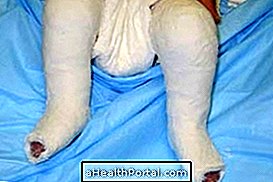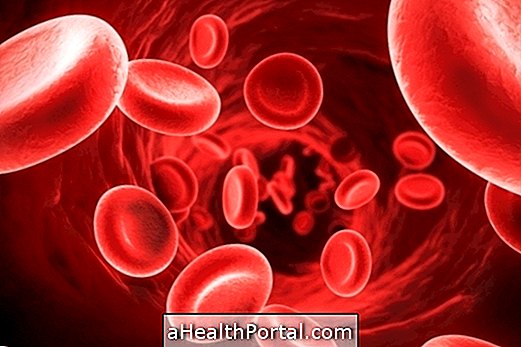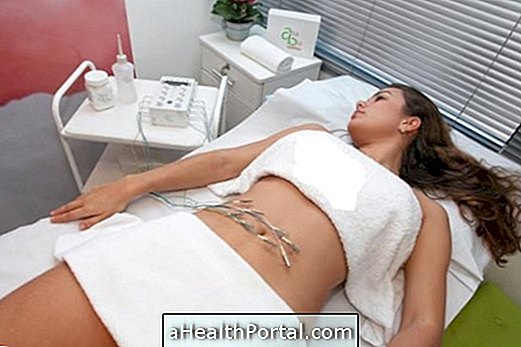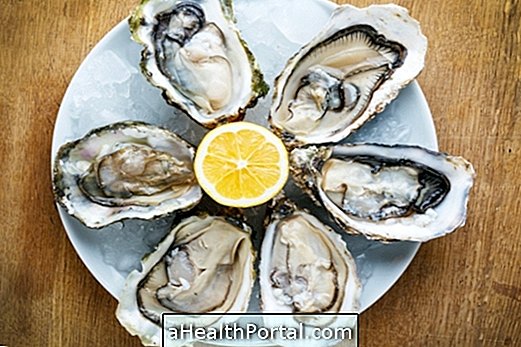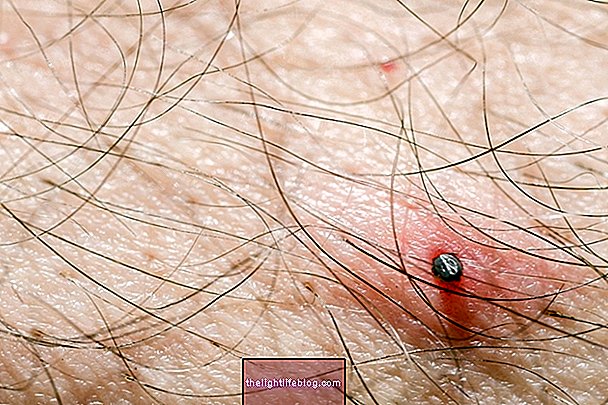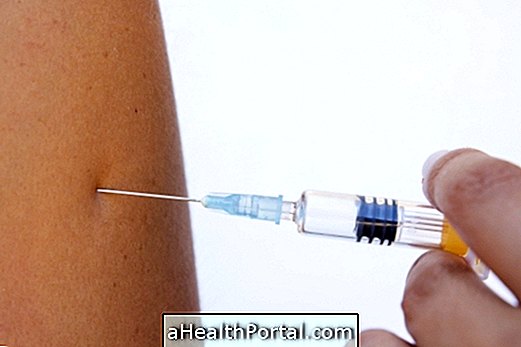To combat sexual disinterest and to improve intimate contact of the couple it may be useful to read books and watch movies that stimulate sexual desire as they help to improve lubrication by helping to initiate intimate contact.
Adopting a spicy cuisine, investing in pepper and ginger, as well as taking cabinda or sparkling Asian tea with ginkgo biloba can also help because they increase blood circulation, facilitating arousal. Get to know the medicinal plants that can help.
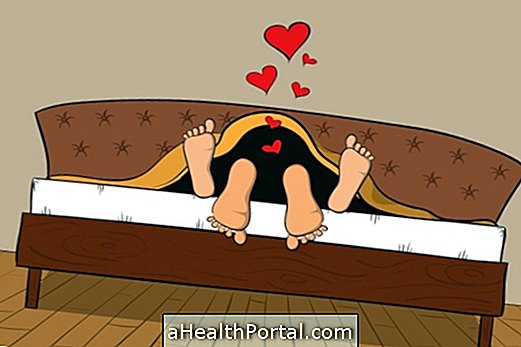
However the causes of this disorder should be investigated so that treatment can be directed and thus be more effective. Having a healthy lifestyle, sun exposure regularly, eating well and practicing exercises is also important to increase libido.
Treatment can be done using medicines such as: Flibanserin, which is the equivalent of Viagra for women; Bremelanotide, nasal spray, Melanotan II, Tribullus Terrestris and testosterone. In case of erectile dysfunction medicines such as Prostaglandin Gel may be used and should be applied to the penis glans, taking effect in 15 to 20 minutes. Sildenafil citrate, Tadalafil, vardenafil and lodenafil may be used in the form of tablets.
Treatment time may vary from person to person, but results may be observed and a greater interest in intimate contact within a few weeks after initiation of treatment.
See foods that boost libido and how to prepare an aphrodisiac meal in the following video:

Understand Hypoactive Sexual Desire Disorder
This sexual disorder characterized by disinterest for sexual intercourse over a period of more than 6 months. This change can affect both men and women and has a number of causes, and double-dealing, genital diseases and depression are the most common causes.
Women who have had early menopause or who have had to withdraw their ovaries through surgery are the most affected. Your diagnosis and treatment should be guided by a doctor, but a sexologist can indicate what you can do to find the desire and pleasure in close contact again.
However, the sexual desire in the woman is usually related to the understanding that it has with the partner. Thus, at the beginning of the relationship it is normal for the woman to have more sexual impulses and that with the passage of time, it takes a greater investment of the same partner in kisses, hugs and caresses so that the woman becomes more excited.
How to recognize the symptoms

Signs and symptoms that may indicate hypoactive sexual desire disorder include:
- Absence of sexual thoughts and fantasies;
- Escape from moments that could culminate in a relationship;
- Disinterest over intimate contact, which may arise after periods of healthy sex life;
- Lack of erection and difficulty maintaining erection during intercourse;
- Vagina without lubrication, remaining dry even during intercourse;
- During intimate contact the woman may not have any color changes in the vulva and vagina.
The person may be said to have a hypoactive sexual desire disorder when these symptoms persist or become more frequent in at least 6 months causing personal distress and distress, making it difficult to have a relationship with the partner.
Watch the following video and learn how to improve intimate contact:

Main causes
This change may be caused by hormonal changes, use of antidepressants or anxiolytics, after sexual abuse, very rigid education, religious factors, mental illness, lack of privacy, comfort or safety. The presence of some sexually transmitted disease, pregnancy, problems in the relationship with the partner, tumors and surgery also favor the permanence of this disorder and the disinterest by sex.
The use of certain medicines can also decrease libido. Some examples of these are: Valproate, Carbamazepine, Phenobarbital, Thioridazine, Clomipramine, Amitriptyline, Phenelzine, Tranylcypromine, Fluoxetine and Sertraline.
To increase desire, see 5 exercises that improve intimate contact.
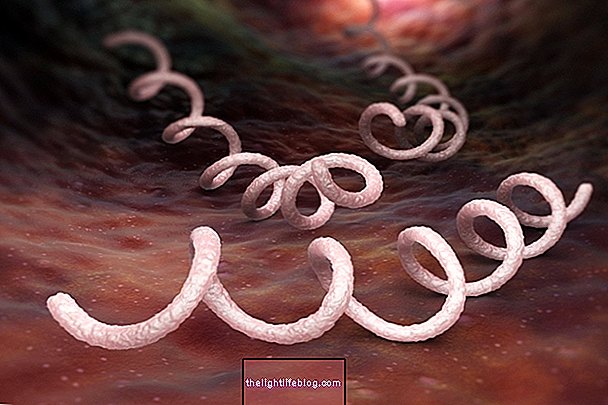
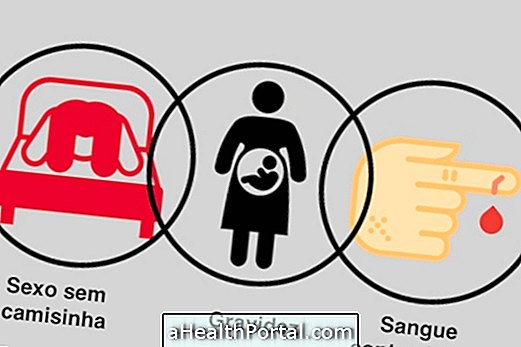
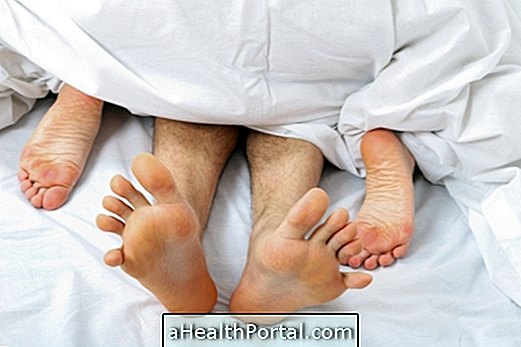
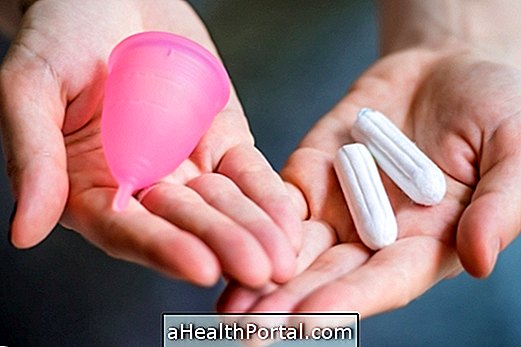
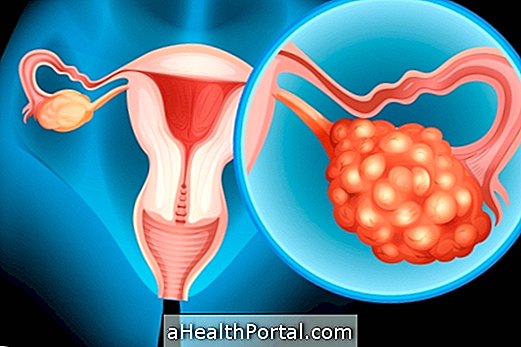


-o-que--sintomas-e-tratamento.jpg)

